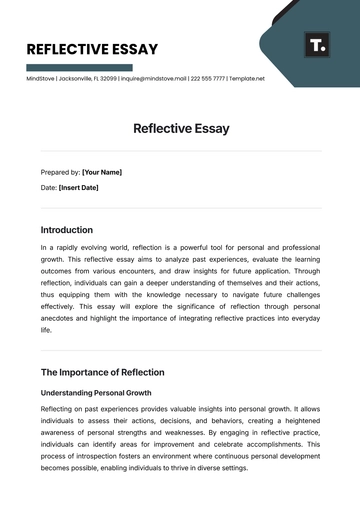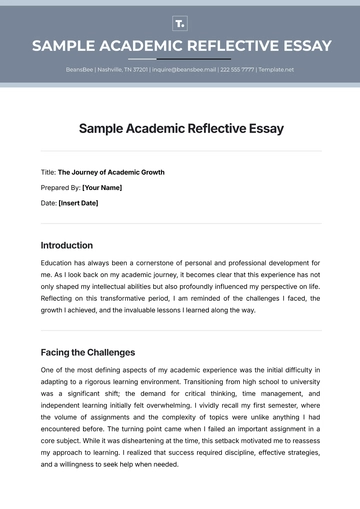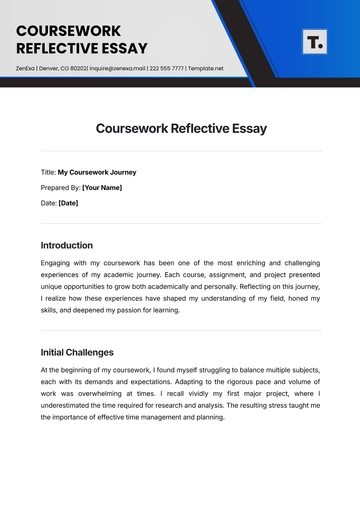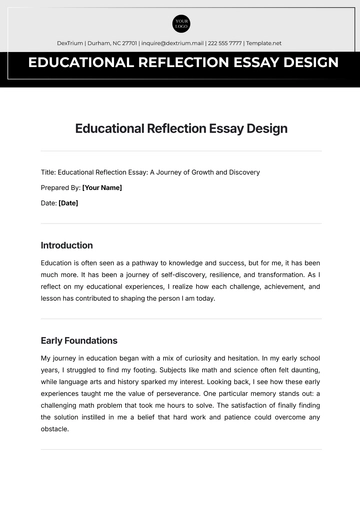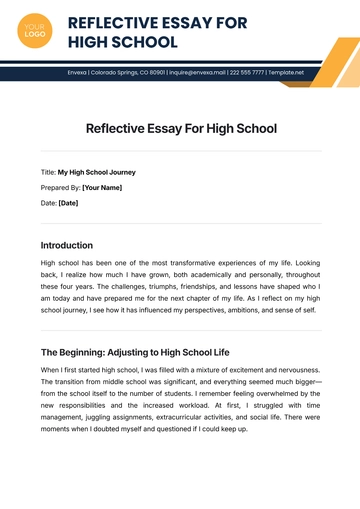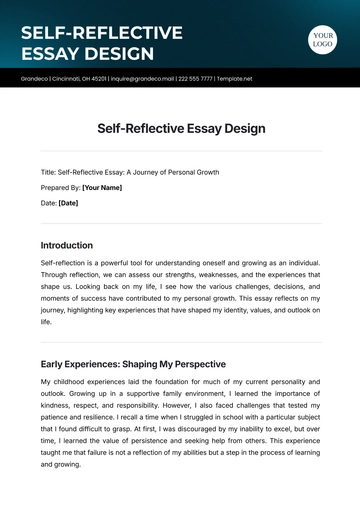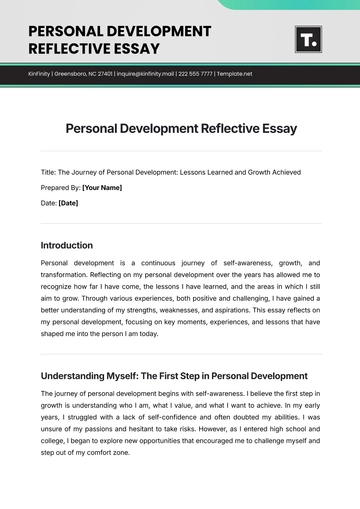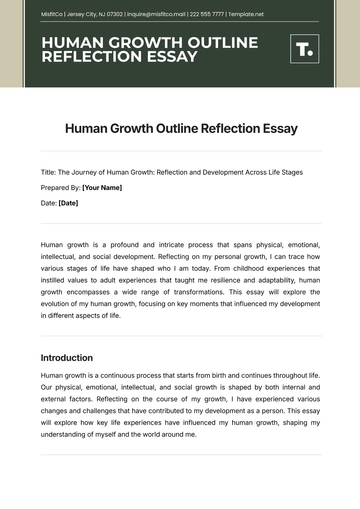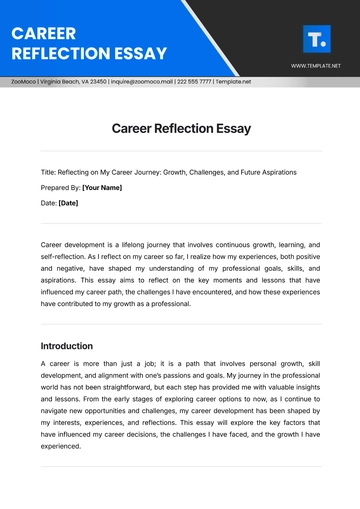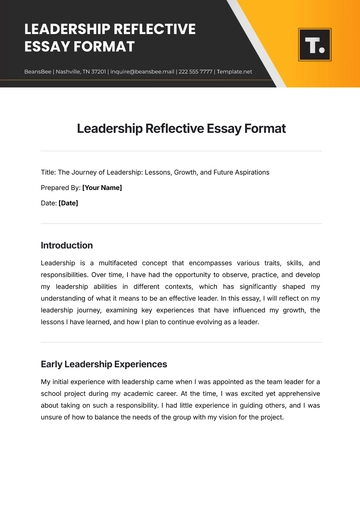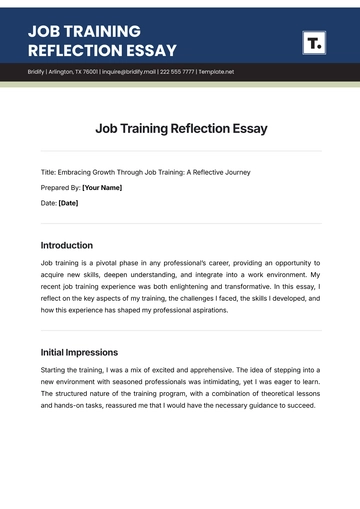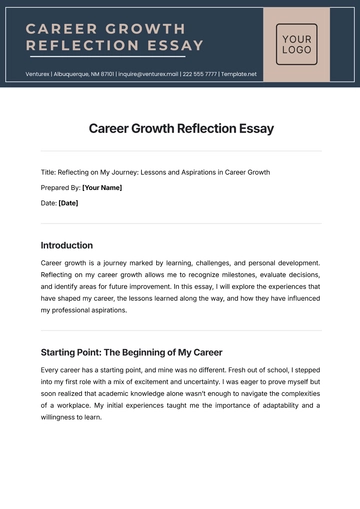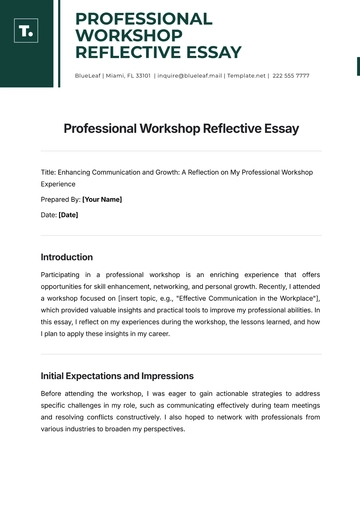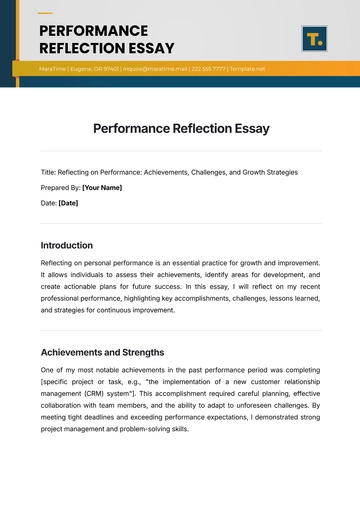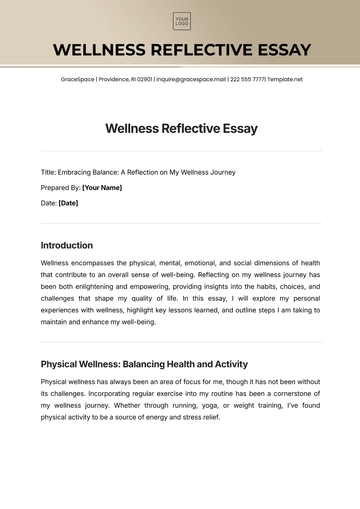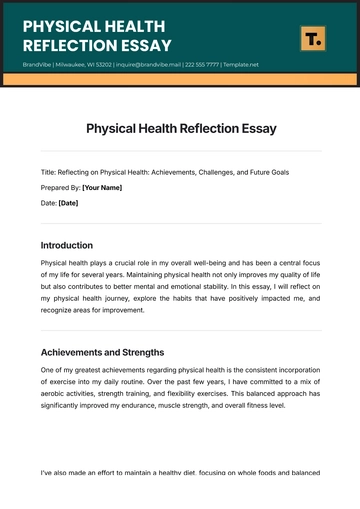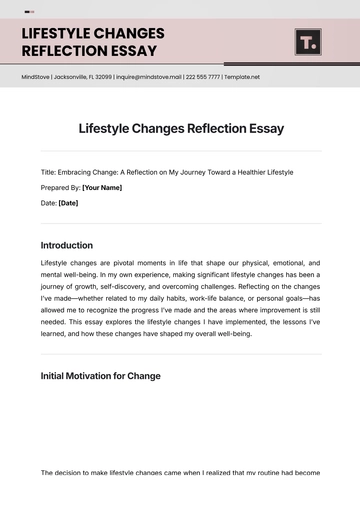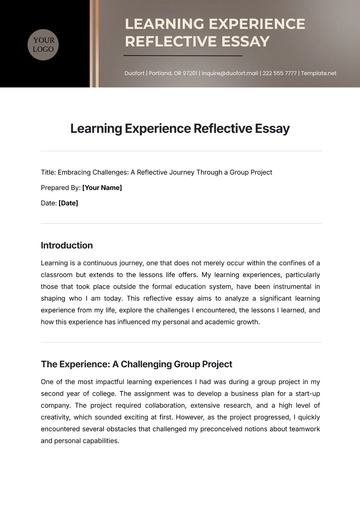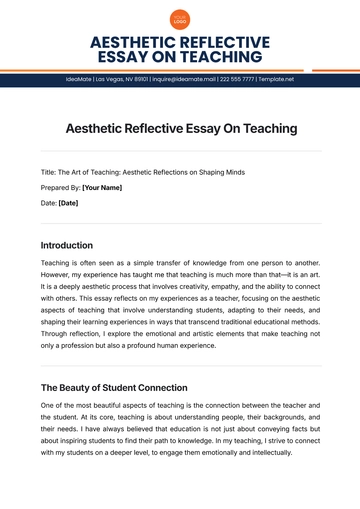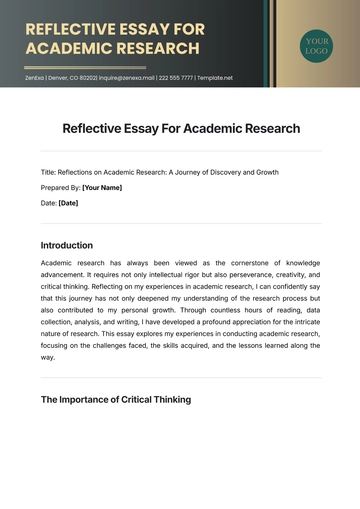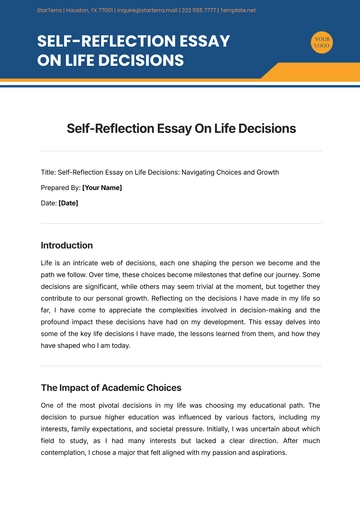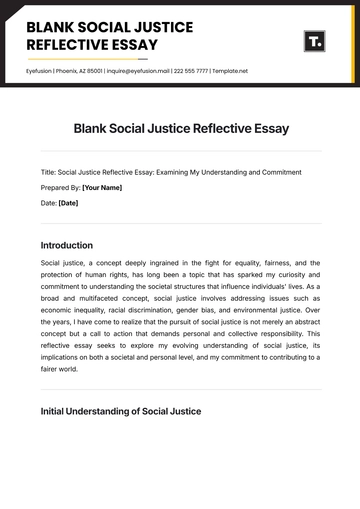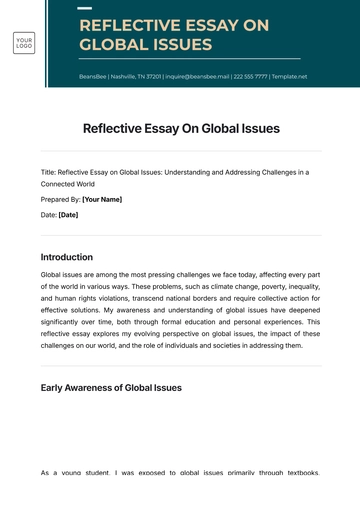Free Expository Essay on Upskilling and Reskilling
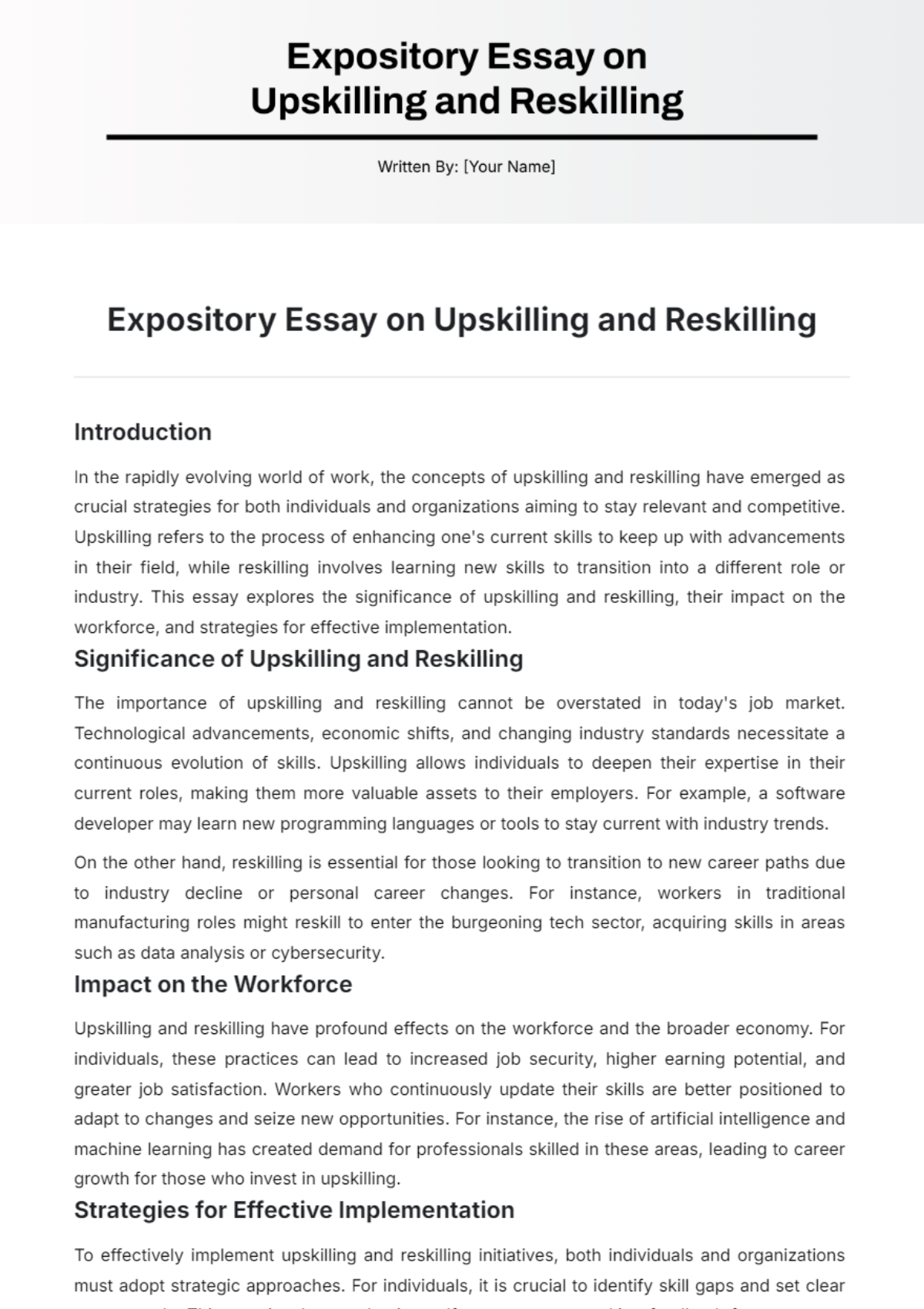
Introduction
In the rapidly evolving world of work, the concepts of upskilling and reskilling have emerged as crucial strategies for both individuals and organizations aiming to stay relevant and competitive. Upskilling refers to the process of enhancing one's current skills to keep up with advancements in their field, while reskilling involves learning new skills to transition into a different role or industry. This essay explores the significance of upskilling and reskilling, their impact on the workforce, and strategies for effective implementation.
Significance of Upskilling and Reskilling
The importance of upskilling and reskilling cannot be overstated in today's job market. Technological advancements, economic shifts, and changing industry standards necessitate a continuous evolution of skills. Upskilling allows individuals to deepen their expertise in their current roles, making them more valuable assets to their employers. For example, a software developer may learn new programming languages or tools to stay current with industry trends.
On the other hand, reskilling is essential for those looking to transition to new career paths due to industry decline or personal career changes. For instance, workers in traditional manufacturing roles might reskill to enter the burgeoning tech sector, acquiring skills in areas such as data analysis or cybersecurity.
Impact on the Workforce
Upskilling and reskilling have profound effects on the workforce and the broader economy. For individuals, these practices can lead to increased job security, higher earning potential, and greater job satisfaction. Workers who continuously update their skills are better positioned to adapt to changes and seize new opportunities. For instance, the rise of artificial intelligence and machine learning has created demand for professionals skilled in these areas, leading to career growth for those who invest in upskilling.
Strategies for Effective Implementation
To effectively implement upskilling and reskilling initiatives, both individuals and organizations must adopt strategic approaches. For individuals, it is crucial to identify skill gaps and set clear career goals. This may involve conducting self-assessments, seeking feedback from mentors, or exploring industry trends to determine which skills are in demand. Engaging in online courses, workshops, and certification programs can provide valuable learning opportunities.
Conclusion
Upskilling and reskilling are vital practices for navigating the evolving landscape of work. By continuously enhancing existing skills and acquiring new ones, individuals can remain competitive and adaptable in their careers. Organizations that prioritize these practices benefit from a more skilled and motivated workforce. Embracing upskilling and reskilling not only addresses current skill shortages but also prepares both individuals and organizations for future challenges and opportunities in the ever-changing job market.
- 100% Customizable, free editor
- Access 1 Million+ Templates, photo’s & graphics
- Download or share as a template
- Click and replace photos, graphics, text, backgrounds
- Resize, crop, AI write & more
- Access advanced editor
The Expository Essay on Upskilling and Reskilling Template, offered by Template.net, is an essential tool for crafting well-structured essays. This customizable, downloadable, and printable template helps you efficiently organize your content on key reskilling topics. It's fully editable in our AI Editor Tool, ensuring you can tailor it to your specific needs with ease. Perfect for educational and professional use!
